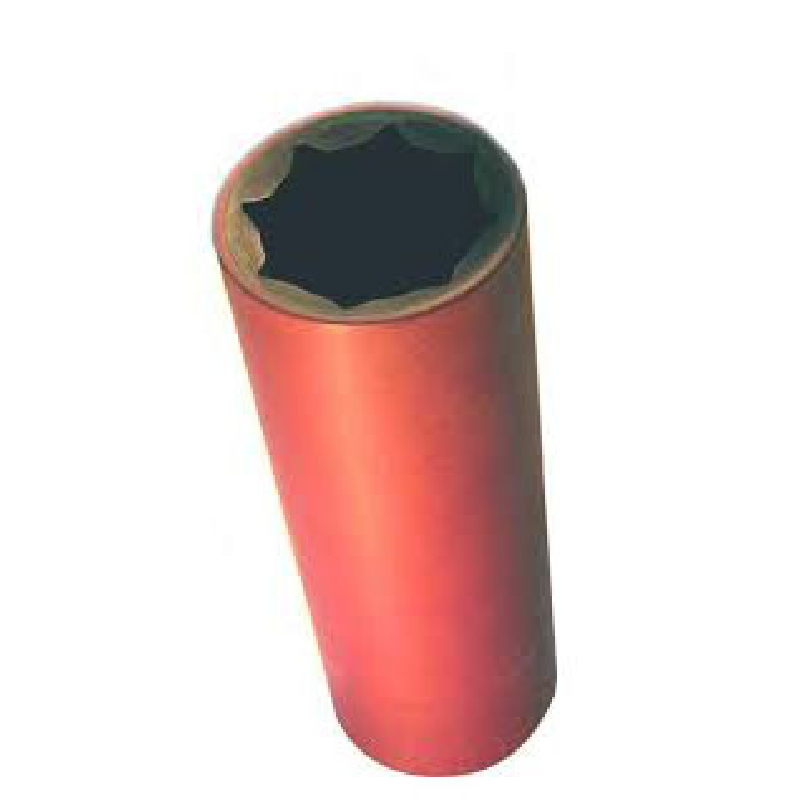Transmission Oil Cooler Gasket Replacement and Maintenance Tips for Optimal Performance
Understanding the Importance of Transmission Oil Cooler Seals
When it comes to vehicle maintenance, one often overlooked component is the transmission oil cooler seal. This small yet critical element plays a significant role in the overall efficiency and functionality of a vehicle’s transmission system. In this article, we will explore the purpose of the transmission oil cooler seal, the problems that can arise when it fails, and some tips on ensuring its longevity.
What is a Transmission Oil Cooler Seal?
The transmission oil cooler seal is designed to prevent transmission fluid from leaking between the transmission and the oil cooler. The oil cooler itself is responsible for regulating the temperature of the transmission fluid, which is crucial for smooth operation. By maintaining optimal fluid temperatures, the oil cooler helps to enhance the performance of the transmission while increasing its lifespan.
The seal acts as a barrier, ensuring a tight fit and maintaining pressure within the transmission system. Over time, however, seals can wear down due to heat, pressure, and exposure to various environmental factors. This degradation can lead to significant issues if not addressed promptly.
Signs of Transmission Oil Cooler Seal Failure
There are several warning signs indicating that your transmission oil cooler seal might be failing. One of the most obvious signs is a noticeable leak of transmission fluid underneath your vehicle. This fluid is typically red or brown and has a distinct odor. If you notice spots in your driveway or parking area, it’s essential to investigate further.
Another sign of seal failure can be erratic shifting or slippage in the transmission itself. When the transmission lacks adequate fluid pressure, it can lead to a decrease in performance, causing harsh or slipping shifts. In extreme cases, a failing seal might lead to complete transmission failure, which can be costly to repair.
Additionally, overheating of the transmission is a critical concern. A damaged seal could disrupt the flow of transmission fluid to the cooler, resulting in overheating and potential damage to the transmission. Symptoms of overheating include burning smells, strange noises, or illuminated warning lights on the dashboard.
The Importance of Timely Replacement
If you suspect a failure in the transmission oil cooler seal, addressing the issue as soon as possible is crucial. Delaying repairs can lead to more extensive damage, increased repair costs, and ultimately a decrease in your vehicle's reliability. Regular maintenance checks and inspections can help identify wear and tear on seals before they lead to significant problems.
transmission oil cooler seal

When replacing a transmission oil cooler seal, it's essential to ensure that the new seal is of high quality and compatible with your vehicle's make and model. Using inferior parts can lead to premature failure and further complications.
Prevention Tips for Longevity
To prolong the life of your transmission oil cooler seal and ensure optimal transmission performance, follow these tips
1. Regular Fluid Changes Maintaining proper fluid levels and conditions is crucial. Regularly check and change the transmission fluid as recommended in your vehicle’s maintenance schedule.
2. Avoid Overheating Keep an eye on your engine and transmission temperatures. If your vehicle consistently overheats, it can lead to additional strain on seals.
3. Inspect During Service During regular vehicle servicing, ask the technician to inspect the transmission oil cooler seal and related components for any signs of wear or damage.
4. Use Quality Parts Invest in high-quality replacement parts. Cheaper options may save money initially, but they can lead to further issues down the line.
5. Driving Habits Be mindful of your driving habits. Aggressive driving or towing heavy loads can place extra strain on the transmission system, leading to seal wear.
Conclusion
The transmission oil cooler seal may seem like a minor component, but its role in maintaining a vehicle’s performance is significant. By understanding its importance and being attentive to warning signs of failure, vehicle owners can take proactive steps to ensure a smooth and efficient driving experience. Always consult with a professional mechanic for any concerns regarding your vehicle’s transmission system. Regular maintenance and timely interventions can save you both time and money, keeping your vehicle in top condition for years to come.
-
Understanding the Front Main Engine Seal: Purpose, Maintenance, and Installation
News Jul.29,2025
-
Understanding O-Rings and Seal Rings: Types, Applications, and Custom Solutions
News Jul.29,2025
-
Understanding Crankshaft Oil Seals: Rear Seals, Pulley Seals, and Their Role in Engine Integrity
News Jul.29,2025
-
The Importance of Front and Rear Crankshaft Seals in Engine Performance and Oil Management
News Jul.29,2025
-
Crank Oil Seals: Functions, Types, and Cost Considerations in Engine Maintenance
News Jul.29,2025
-
A Comprehensive Guide to O-Rings and Seals: Types, Materials, and Global Applications
News Jul.29,2025
-
Mastering Diesel and Performance Engine Maintenance: A Guide to Critical Oil Gaskets
News Jul.28,2025
Products categories















